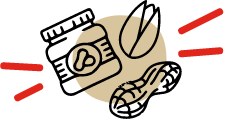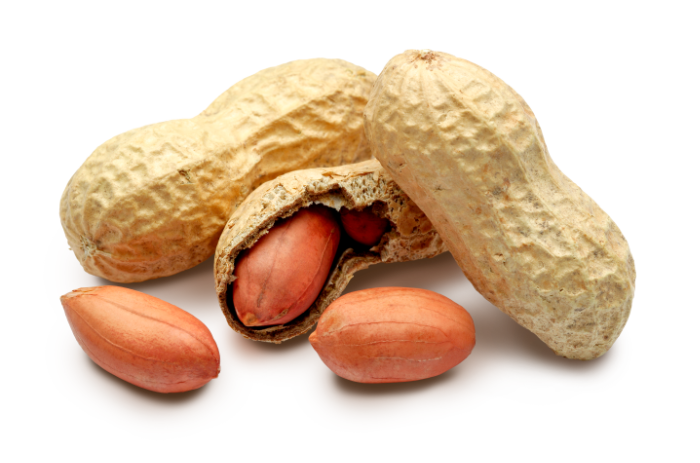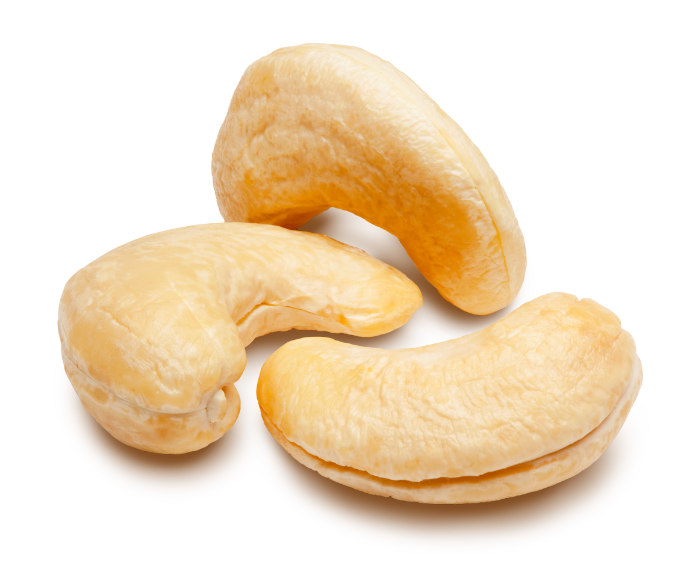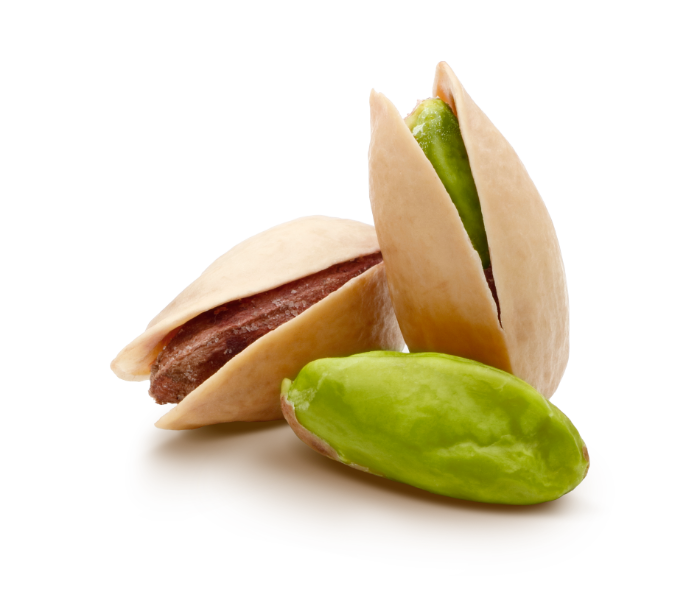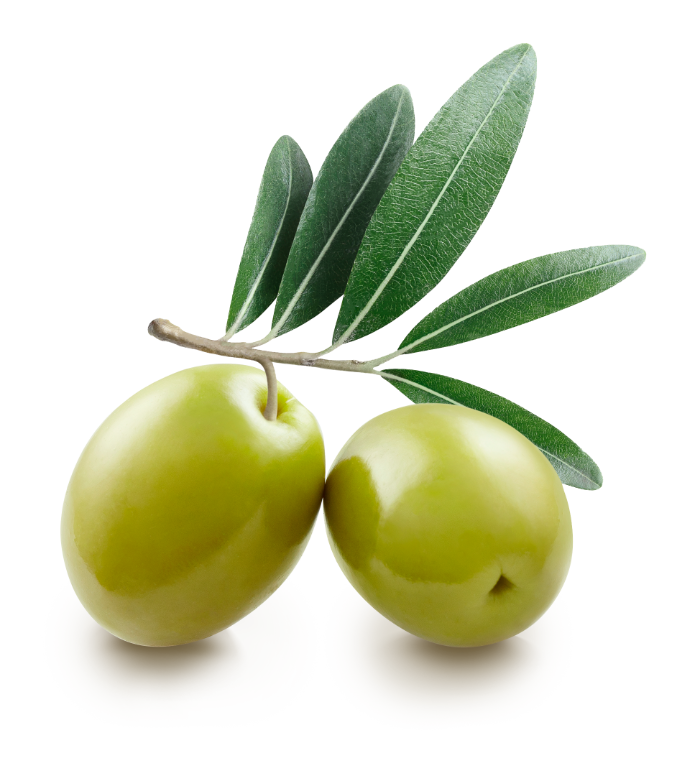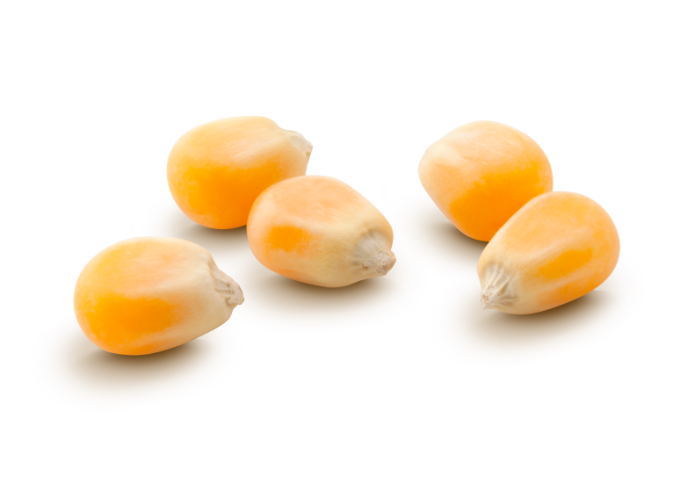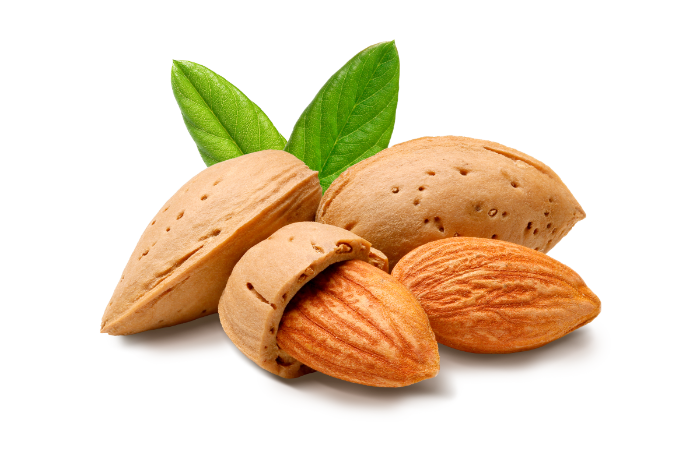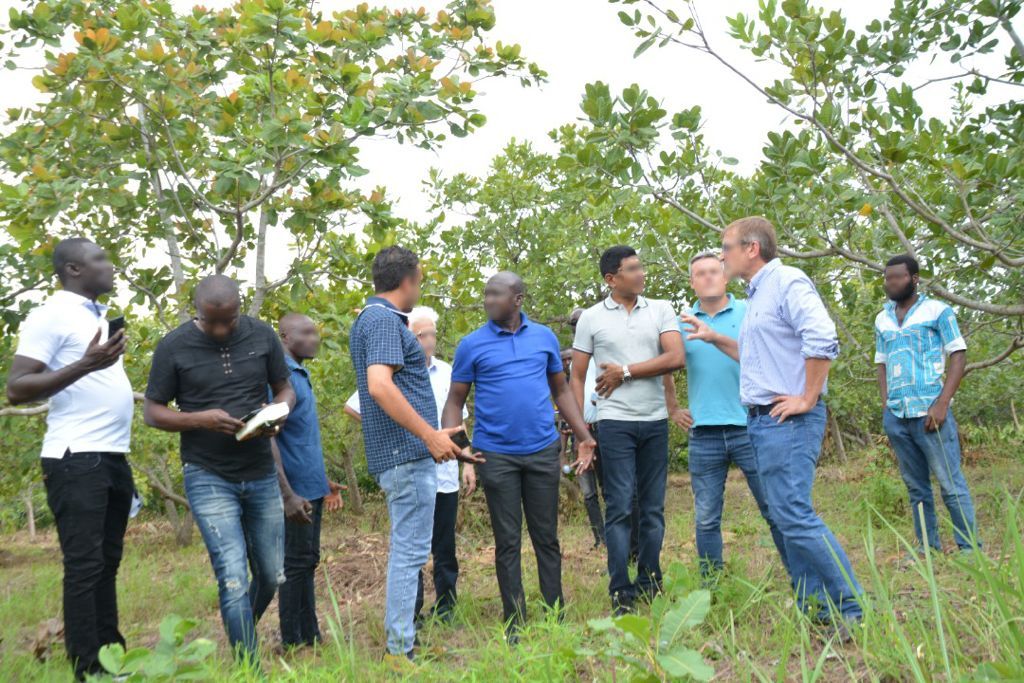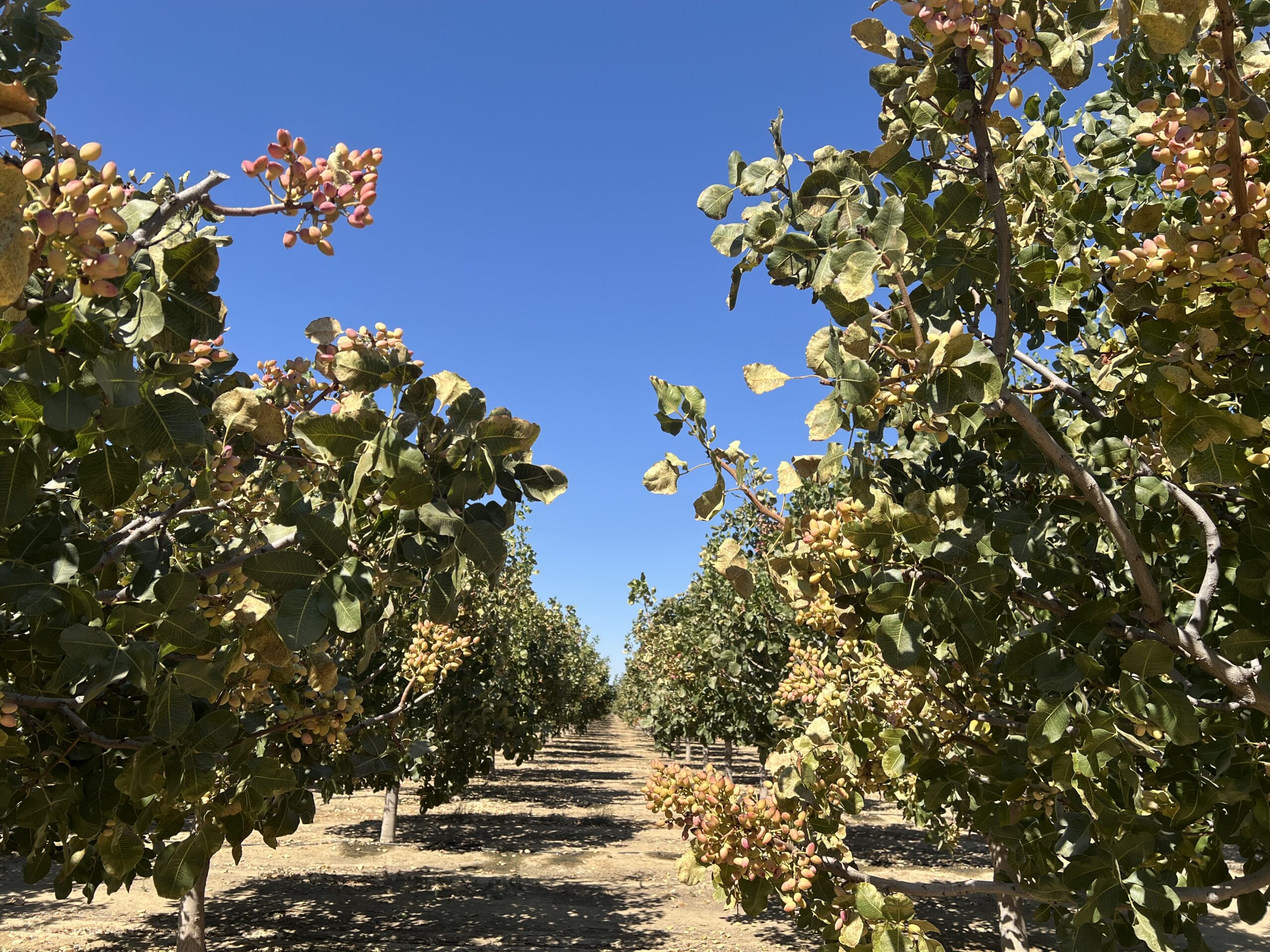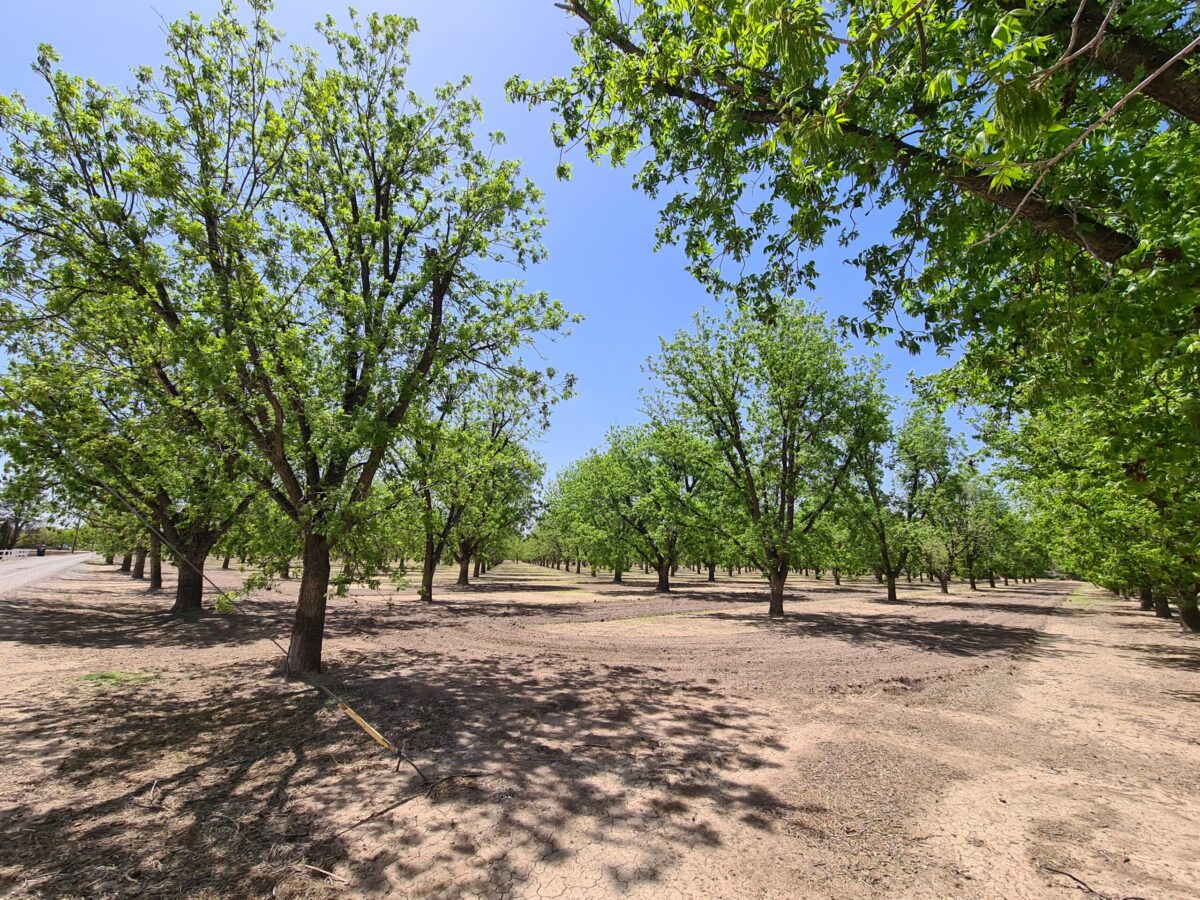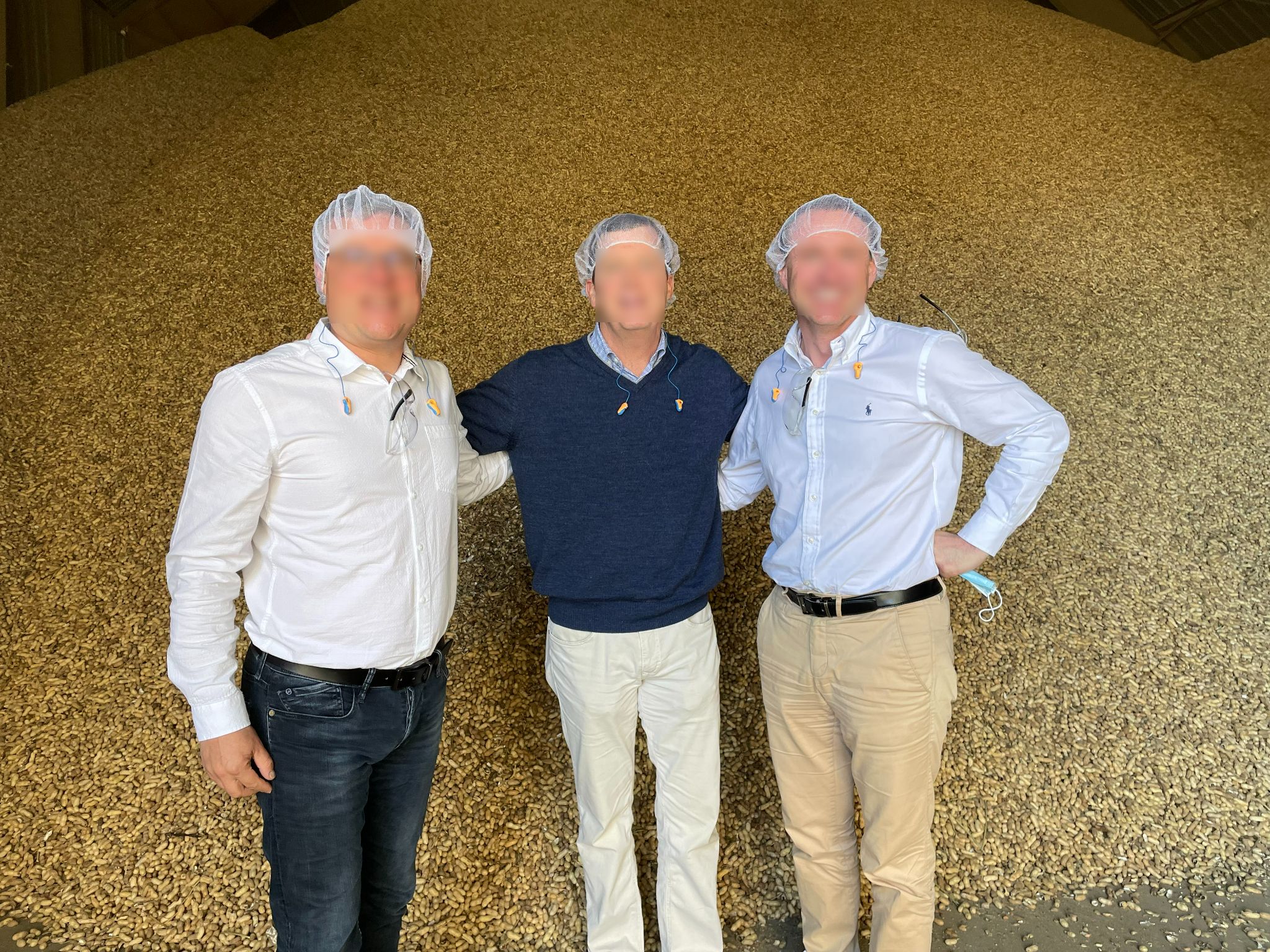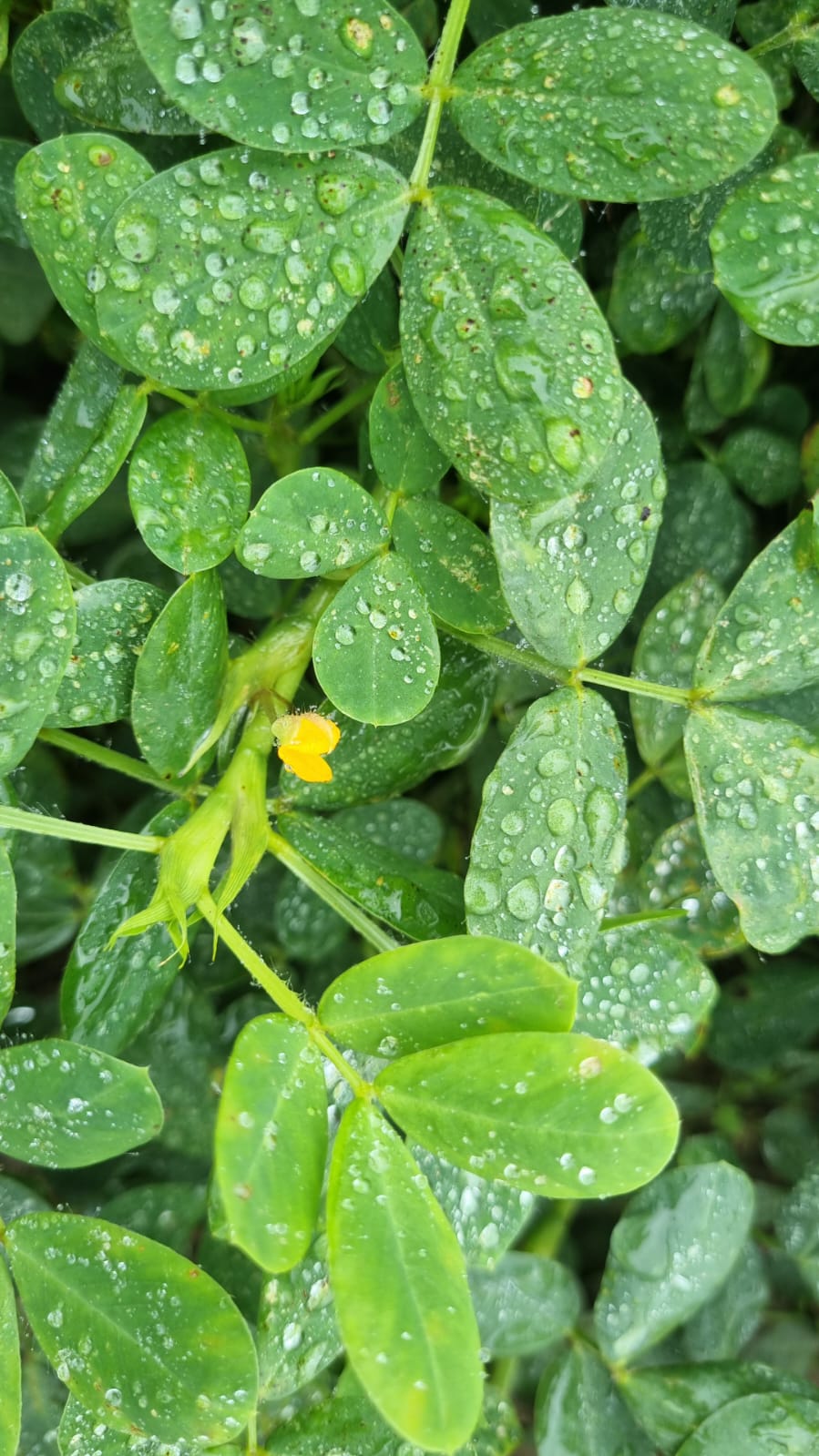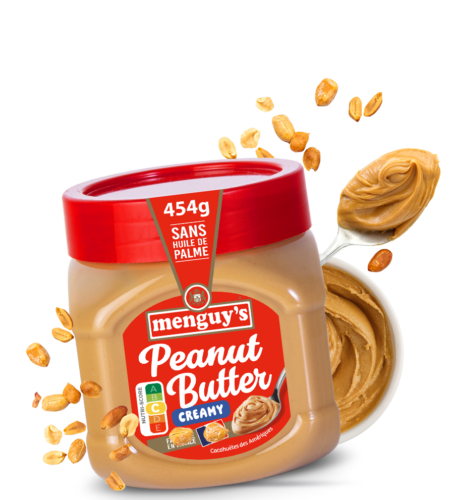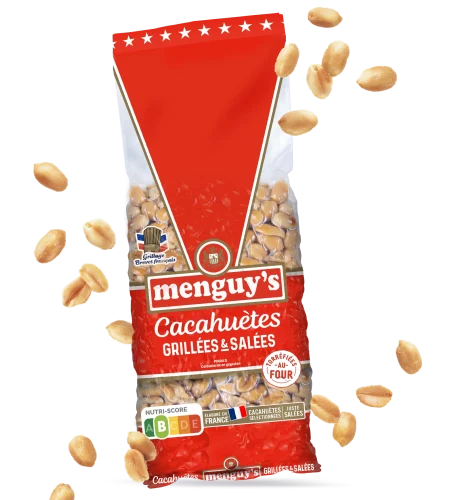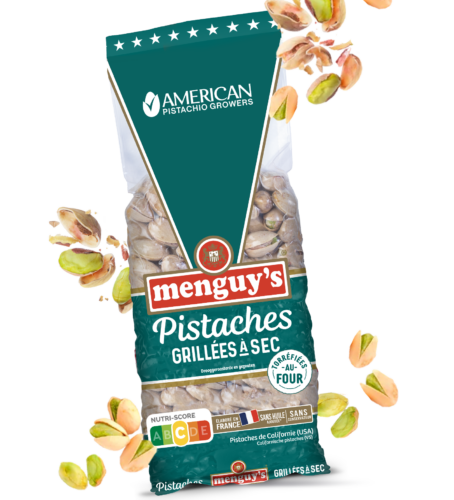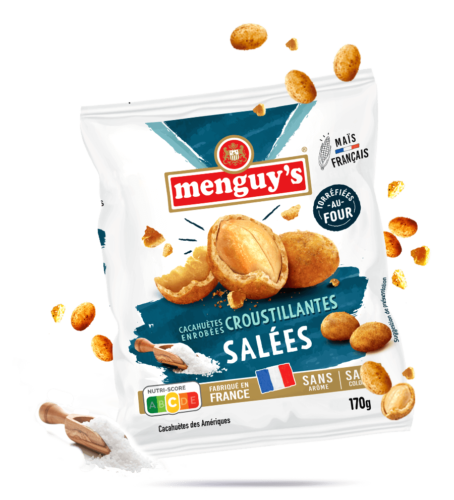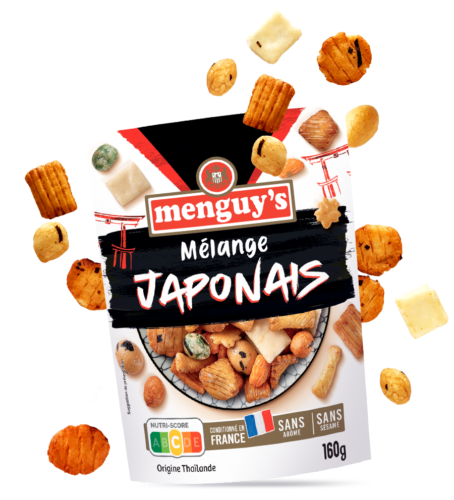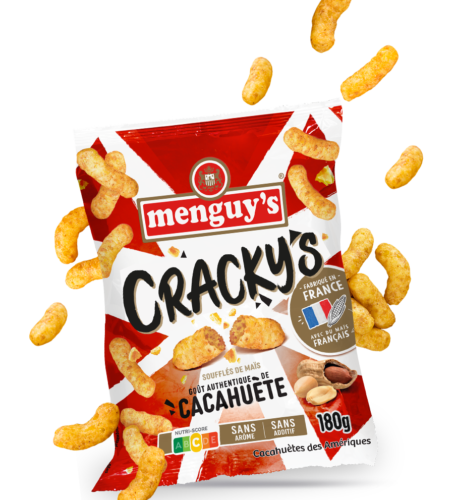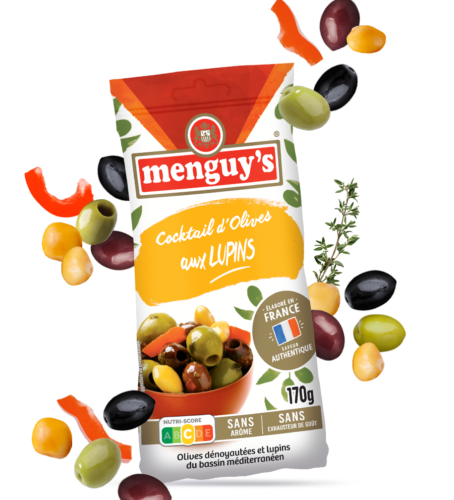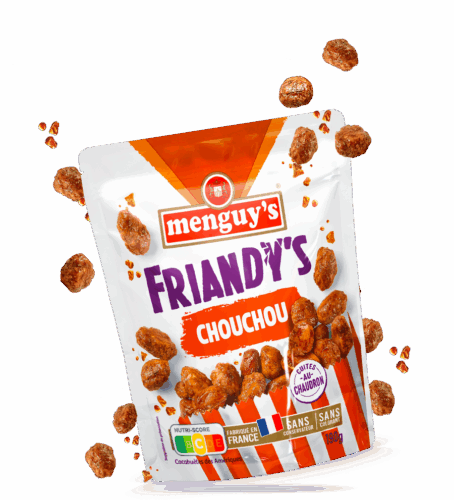Committed
to the good
and for
the good!

Loyal and united
with our producers
Why do we talk about channels?
Because we communicate directly with our producers of nuts, fruits and grains.
We are united together in production and in processing.
Our relationship with them is historical because at Menguy’s, we are loyal!
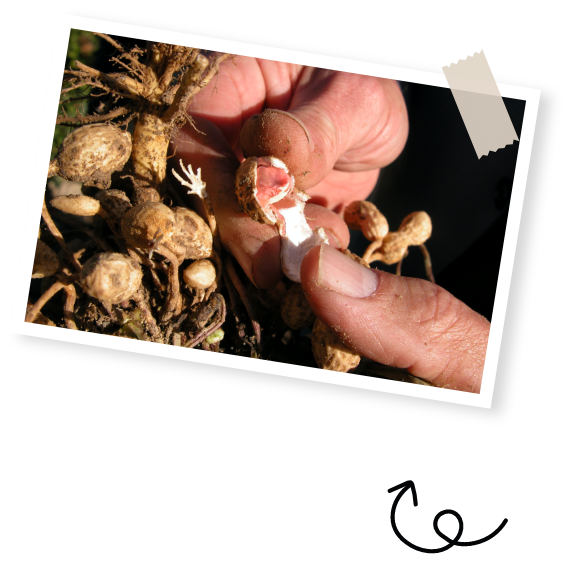
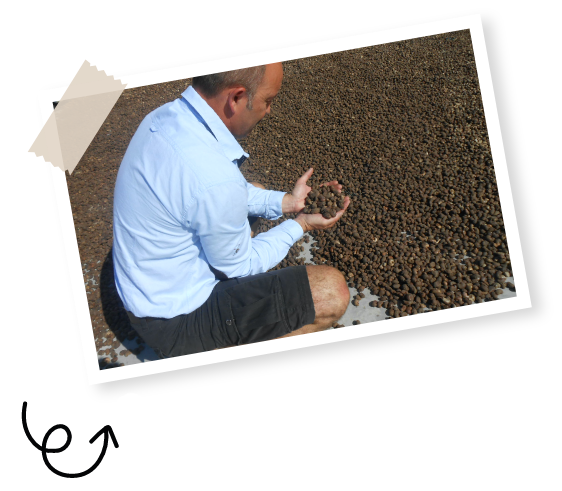

Quality yes!
And verified
on the ground!
If you want to offer good products, you have to go to the source. How can you be sure that your peanuts aren’t rancid, that your cashew nuts have been shelled in the right conditions, that your pistachios really don’t contain chemical residues, that your corn is GMO-free?
At Menguy’s, if we’re guaranteeing quality, it’s because we’ve been there to see for ourselves!
Behaviour in the fields, storage site, living conditions of the employees… We look at everything!


Good Job !
Choosing a source for Menguy’s is meticulous work. To ensure that this source provides you with the best guarantees, we select :
- the farmland : at altitude and on soft soil rather than on the plains for peanuts, for example.
- countries : a partner in each hemisphere to follow the seasons and be prepared for any incident.
- varieties : to avoid your peanuts going rancid quickly, the right one must be chosen!
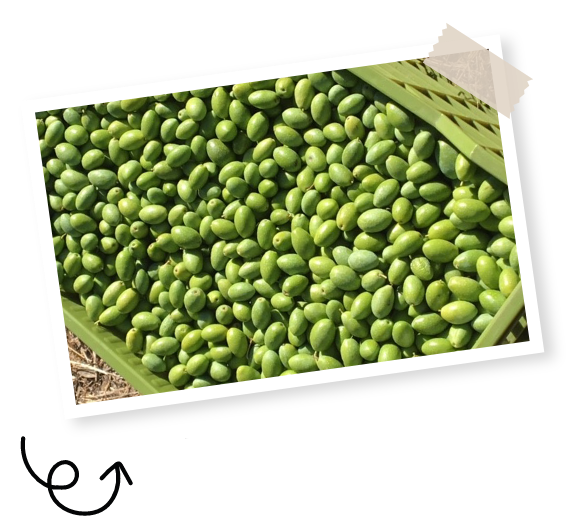
for each product its own channels
